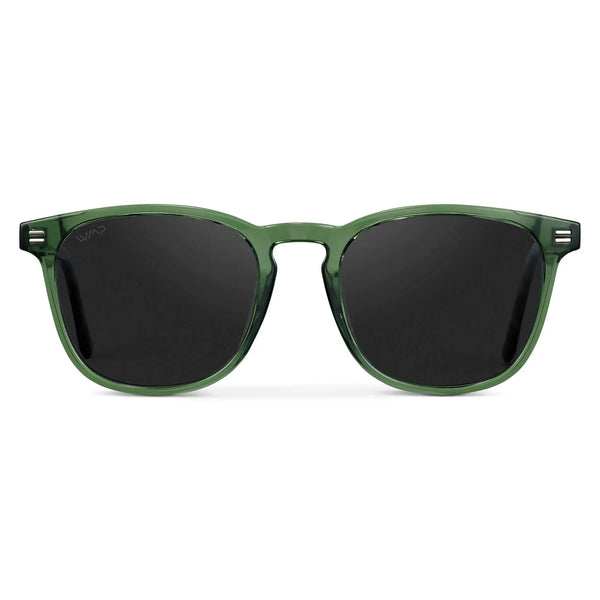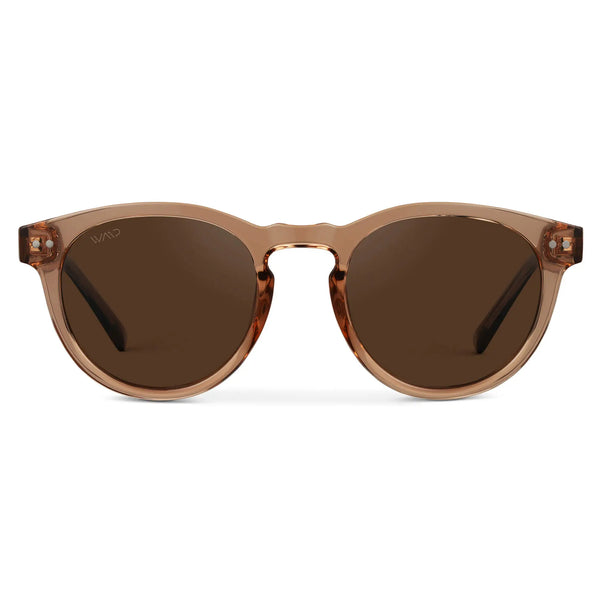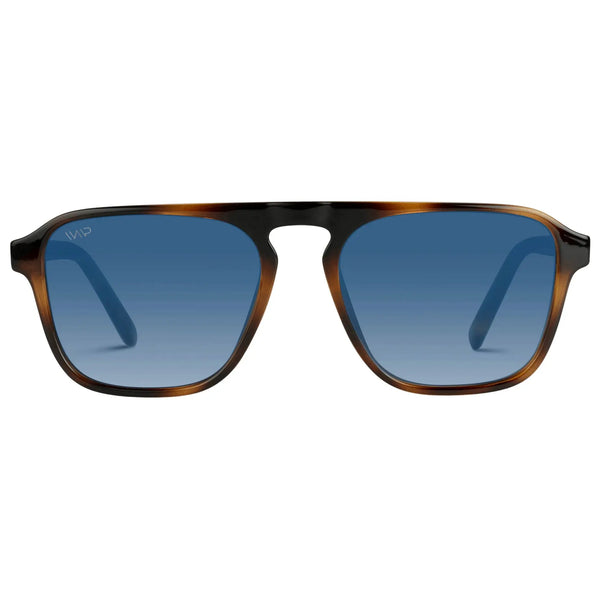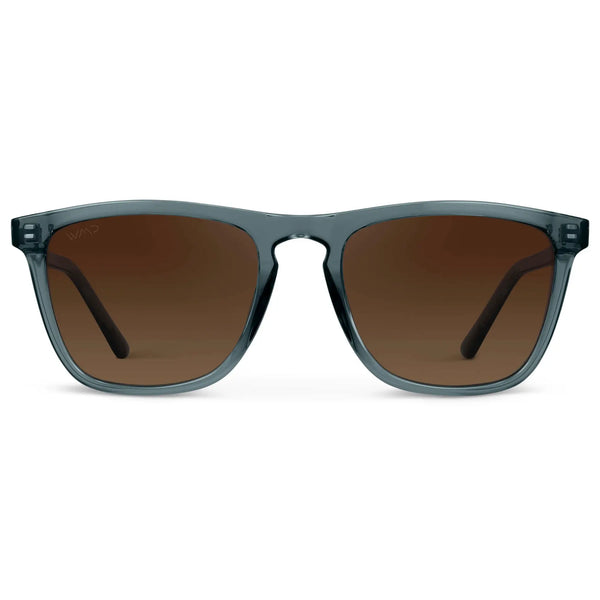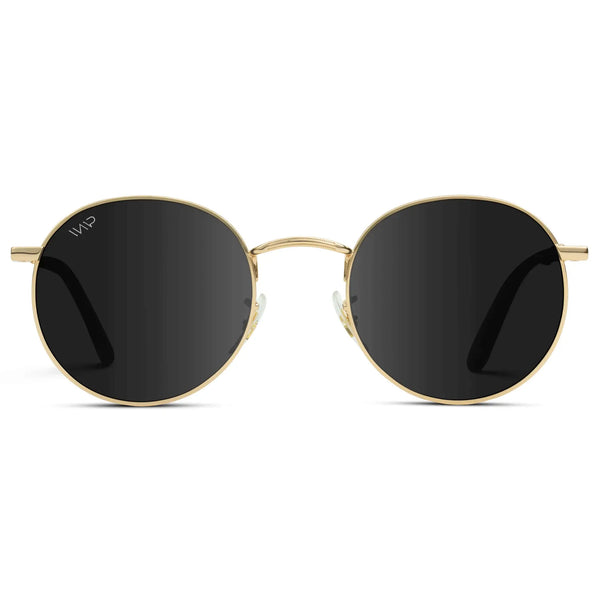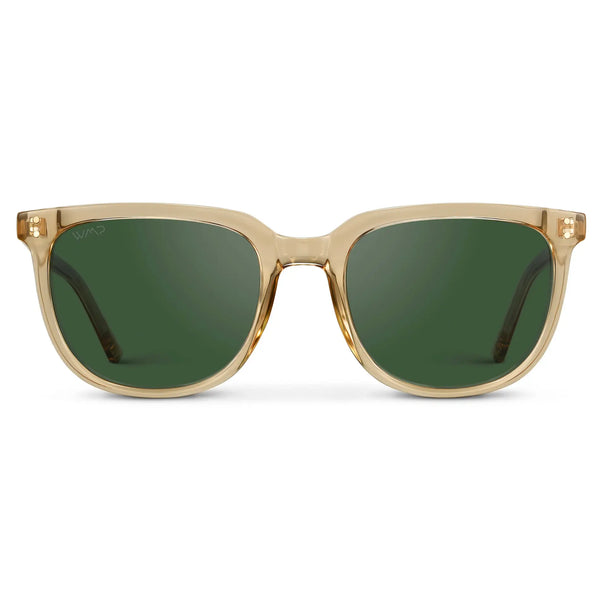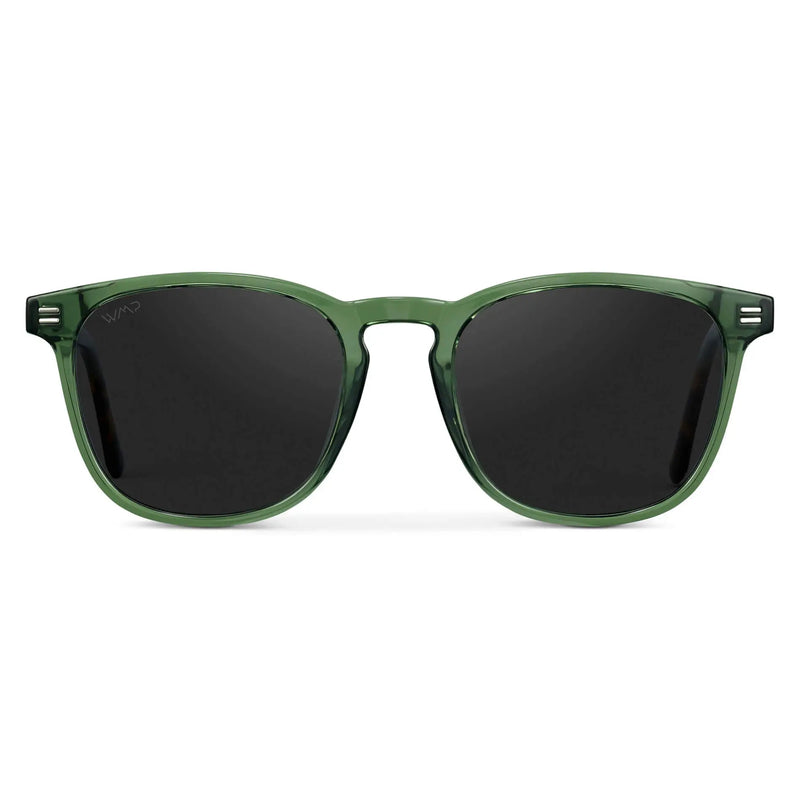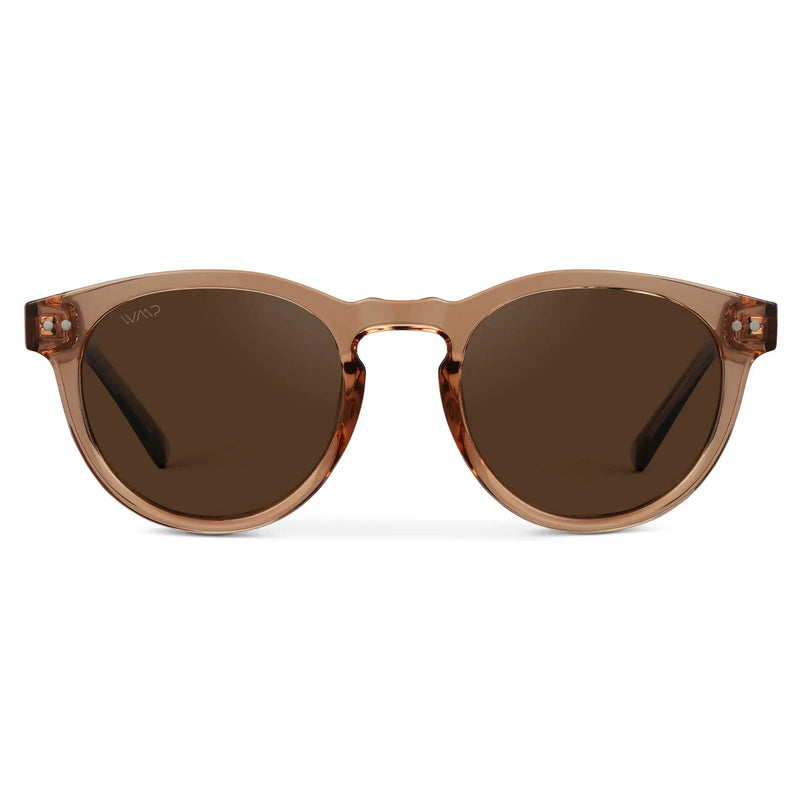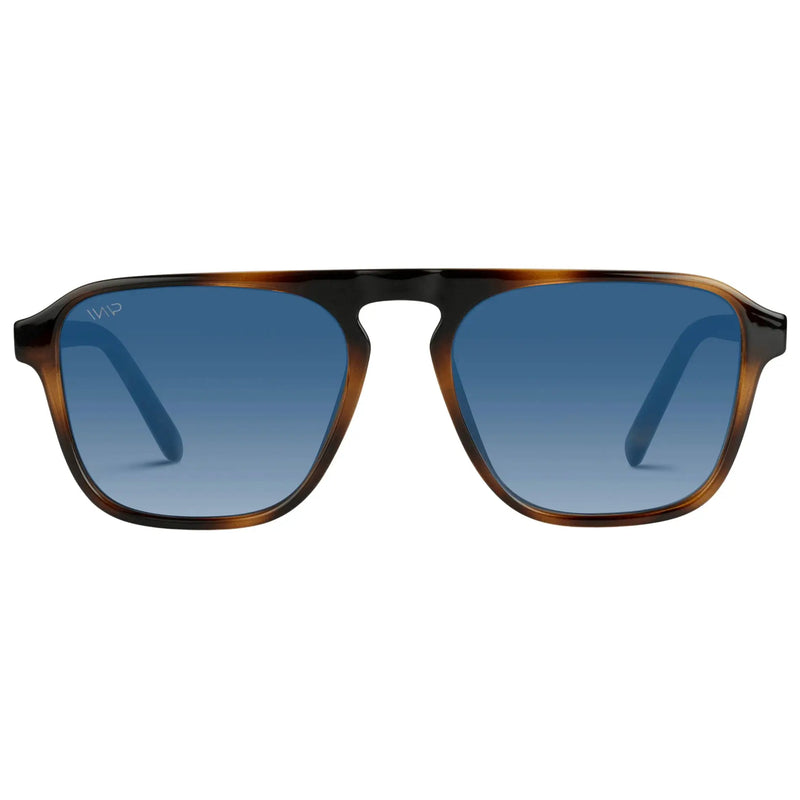Sunglass Lens Color Guide: How to Choose the Right One

If you’ve always worn black sunglasses, you may find it surprising when you see someone with pink mirror lenses. Do those actually do anything to block the sun, or is that person trying to look cool with a pop of color?
Actually, both things are true! Colored lenses date back to the 18th century. James Ayscough was an English eye doctor who tinted regular glasses either blue or green because he believed that helped with certain vision problems.
This idea paved the way for sunglasses, and now we know that certain lens colors work best for different scenarios (even those pink ones). To learn which lens colors work best for your needs, we’ve gathered all the intel in this extensive sunglass lens color guide.
The Importance of Different Sunglasses Lens Color
Sunglasses make or break an activity based on their lens color. For example, many aviator frame styles made for pilots come in gray, gray-green, and brown sunglass lens colors. These colors boost contrast and make a pilot’s vision more vivid, so they can adjust and make quick decisions, even when it’s hazy outside.
However, these colors don’t work best in every scenario. Snowboarders often use rose-colored lenses in their shades because they improve depth perception when looking into snow. But if you wear rose-colored lenses all the time, your eyes can quickly become fatigued.
So, you need to pick the lens tint that works best with the activity you want to wear your sunglasses for.
Wavelengths and How They Affect Your Eyes
Many of us were taught in school the acronym Roy G. Biv (which stands for red, orange, yellow, green, blue, indigo, and violet) to remember the colors of the rainbow. These same colors make up the visible light spectrum. Red light is the longest on the spectrum and affects our eyes the least. Ultraviolet (UV) light is the shortest and the worst for our eyes.
Two types of light hurt our eyes. UVA and UVB are the two types of ultraviolet light that damage your eyes and make them age faster, leading to issues like cancer and deteriorated vision. The way to defend your eyes from these wavelengths is to purchase sunglasses with UVA and UVB protection.
The tint does not matter for UV rays; rather, the sunglasses must say that they offer 100% UVA/UVB protection. If you find a pair of sunglasses for ten bucks that don’t specify if they offer UVA/UVB protection, then assume that they don’t.
The other wavelength that affects your eyes is blue light. This type of light is slightly longer than ultraviolet but sits right next to it on the visible light spectrum. Blue light typically comes from technology like computers and phones but still damages eyes and can lead to macular degeneration.
Clear, yellow, red, and amber sunglasses can all block blue light. However, you still need to check with the manufacturer that they specifically filter out the blue light wavelength.
Lens Colors and Their Benefits
Each sunglass lens color offers something unique for either an outdoor adventure or time spent inside. Peruse our list of the most popular lens colors and their benefits to find the right ones for you!
Grey Lenses
Shades with grey lenses are the most popular among pilots because they help block sunlight without affecting the color of objects outside as severely. Whether you’re driving, flying, or hiking outside all day, grey lenses won’t get in the way.
Brown Lenses
If you live somewhere like the Pacific Northwest, then you need a pair of sunglasses that work for both cloudy and sunny days. Brown lenses increase contrast and help you see depth better but don’t block the sun quite as well as gray. Brown lenses work as a great all-around pair of sunglasses in multiple types of environments, no matter how sunny it is outside.
Green Lenses
Green lenses help block out blue light and bright sunlight without compromising color contrast. Green lenses are excellent for sports where you have to follow a ball extensively, like tennis, volleyball, or golf.
Yellow Lenses
Any snowboarders know that yellow lenses are the ones to purchase for the slopes. Yellow sunglasses lenses highlight visibility in low-light conditions, like those cloudy days when there may be some light snowfall. Yellow lenses protect your eyes during dusk as well, so that you can see clearly even when the sun has dropped behind the horizon.
Rose Lenses
If you find yourself with constant tension headaches due to eye strain, try out some rose-colored sunglasses. Rose lenses relax your eyes and improve visual contrast, especially when you’re looking at snow.
Blue Lenses
Blue lenses fare well for water sports because they make glare more comfortable to look at and relax your eyes. Many people wear these for outdoor sports and they're great for everyday use in bright light conditions. If you want reading sunglasses, blue lenses keep your eyes relaxed in the sun so you can focus on the page in front of you.
How to Choose the Right Lens for You
To choose the right lens for you, consider what activity you will use them for, the typical lighting conditions, and your personal preference.
If you know you want them for driving, then brown lenses work well on cloudy and sunny days, helping you see better every time you get behind the wheel. But if you’re using them exclusively for beach volleyball on Saturdays, then green sunglasses would be best when you have to stare into the sun excessively to nail that spike.
The city of Phoenix, AZ is one of the sunniest cities in America, with the sun out 85% of the time. If you live in sunnier climates, you want a lens color for bright light conditions, so you should go with blue, green, brown, or grey.
However, if you live in Anchorage, Alaska, which has over 230 cloudy days per year, it’d be more beneficial to pick sunglasses best for low light conditions. Go with lens colors such as rose, yellow, or brown to optimize your vision.
To narrow it down further, think about which colors you like best. No one can decide this for you, so head to a glasses shop near you and try on a few pairs to find which lens color you find the most comfortable.
You should also consider other lens factors, like whether you want the lenses to be polarized, if you want to add a mirrored coating, or if the shades should block 100% UVA/UVB rays.
How to Maintain Your Lenses
To maintain your lenses, clean your sunglasses regularly with mild, non-lotion dish soap in warm water. Never place your sunglasses lens-side down on a surface, always set them down folded on top of the arms. Don't forget to store your sunglasses in a protective case when you're not wearing them so they don’t get scratched while storing them in your pocket or purse.
Frequently Asked Questions
What Is the Most Versatile Sunglass Lens Color?
The most versatile sunglass lens color is gray, followed closely by brown. Gray lenses reduce glare in any lighting condition and maintain colors, making them the best choice for almost any activity. Brown lenses also work well because they enhance contrast in the sun but don’t make the colors quite as clear.
What Is the Best Polarized Color Lens?
The best polarized color lens is green because it doesn’t change the colors of objects when you’re looking through the lens. Green lenses offer excellent contrast and lighten shadows so that it’s easier to see. Brown polarized lenses are best for low-light conditions and blue polarized sunglasses work best if you solely want to enhance the colors.
What Color Lenses Are Best for Everyday Use?
Dark-colored lenses are the best for everyday use. These include brown, black, and grey, and they stop glare so that you don’t have to squint when looking into the sun or in bright conditions.
